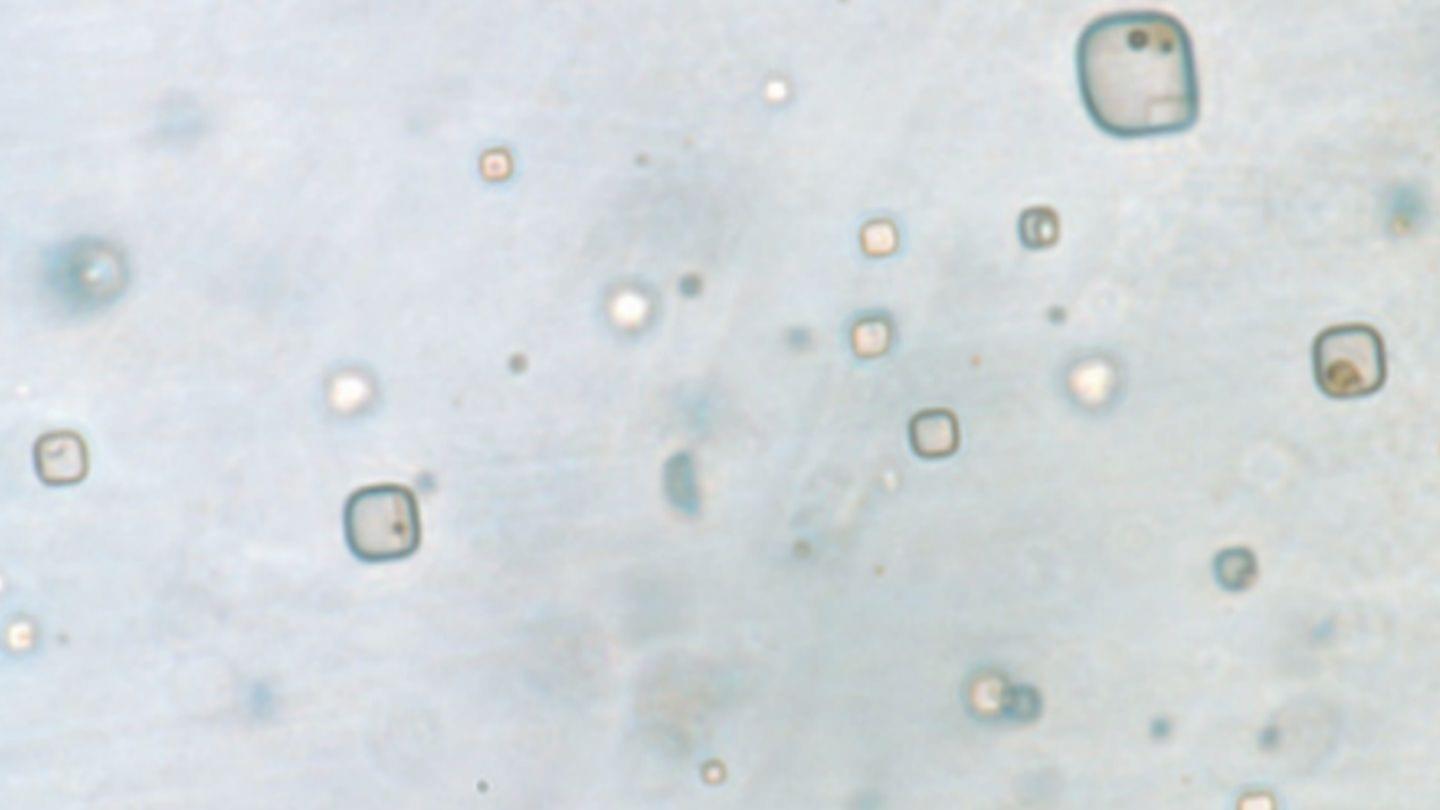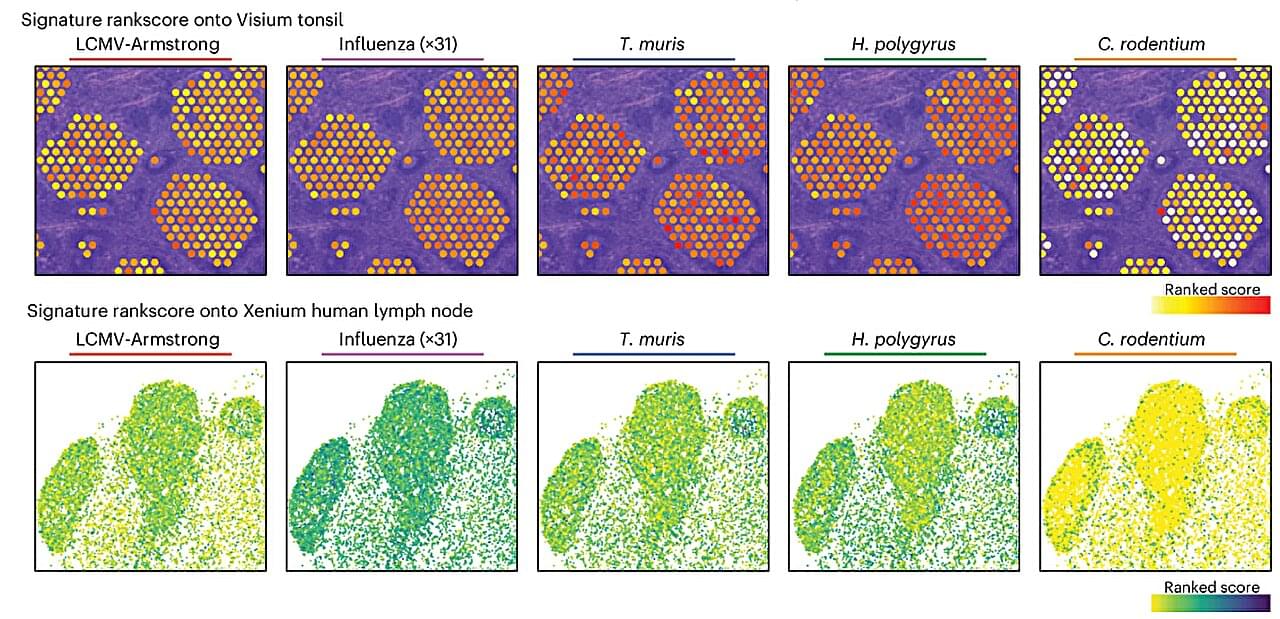A new study reveals that recalling positive memories before stepping on stage can significantly boost musicians’ performance.




Korean researchers have uncovered compelling evidence that oral bacteria, once colonized in the gut, can affect neurons in the brain and potentially trigger Parkinson’s disease.
The joint research team, led by Professor Ara Koh and doctoral candidate Hyunji Park of POSTECH’s Department of Life Sciences, together with Professor Yunjong Lee and doctoral candidate Jiwon Cheon of Sungkyunkwan University School of Medicine, collaborated with Professor Han-Joon Kim of Seoul National University College of Medicine.
They have identified the mechanism by which metabolites produced by oral bacteria in the gut may trigger the development of Parkinson’s disease. The findings were published online in Nature Communications.
Join us on Patreon! https://www.patreon.com/MichaelLustgartenPhD
Discount Links/Affiliates:
Blood testing (where I get the majority of my labs): https://www.ultalabtests.com/partners/michaellustgarten.
At-Home Metabolomics: https://www.iollo.com?ref=michael-lustgarten.
Use Code: CONQUERAGING At Checkout.
Clearly Filtered Water Filter: https://get.aspr.app/SHoPY
Epigenetic, Telomere Testing: https://trudiagnostic.com/?irclickid=U-s3Ii2r7xyIU-LSYLyQdQ6…M0&irgwc=1
Use Code: CONQUERAGING
NAD+ Quantification: https://www.jinfiniti.com/intracellular-nad-test/

Everybody develops presbyopia as they age—a difficulty in focusing on near objects and text—and often must resort to reading glasses. However, the solution might be as simple as using special eye drops two or three times a day.
A retrospective study of 766 patients presented at the 43rd Congress of the European Society of Cataract and Refractive Surgeons (ESCRS) has found that the majority could read an extra two, three or more lines on the eye chart used for testing near visual acuity (the Jaeger chart) after using specially formulated eye drops. This improvement was sustained for up to two years.
Dr. Giovanna Benozzi, director of the Center for Advanced Research for Presbyopia, in Buenos Aires, Argentina, said, We conducted this research due to the significant unmet medical need in presbyopia management. Current solutions such as reading glasses or surgical interventions have limitations, including inconvenience, social discomfort, and potential risks or complications.

Speaking at an ancient Roman theater at the foot of the Acropolis in Athens, Demis Hassabis, CEO of Google’s DeepMind, said rapid technological change demands a new approach to learning and skill development.
“It’s very hard to predict the future, like 10 years from now, in normal cases. It’s even harder today, given how fast AI is changing, even week by week,” Hassabis told the audience. “The only thing you can say for certain is that huge change is coming.”
The neuroscientist and former chess prodigy said artificial general intelligence—a futuristic vision of machines that are as broadly smart as humans or at least can do many things as well as people can—could arrive within a decade. This, he said, will bring dramatic advances and a possible future of “radical abundance” despite acknowledged risks.

AI is hot – literally.
The chips that datacenters use to run the latest AI breakthroughs generate much more heat than previous generations of silicon. Anybody whose phone or laptop has overheated knows that electronics don’t like to get hot. In the face of rising demand for AI and newer chip designs, the current cooling technology will put a ceiling on progress in just a few years.
To help address this problem, Microsoft has successfully tested a new cooling system that removed heat up to three times better than cold plates, an advanced cooling technology commonly used today. It uses microfluidics, an approach that brings liquid coolant directly inside the silicon – where the heat is. Tiny channels are etched directly on the back of the silicon chip, creating grooves that allow cooling liquid to flow directly onto the chip and more efficiently remove heat. The team also used AI to identify the unique heat signatures on a chip and direct the coolant with more precision.
How do Large Language Models Make Sense of Their “Worlds”?


Scientists have uncovered how a key type of immune cell adapts its behavior depending on the type of infection, paving the way for better vaccines and advancing research into immune-related diseases.
In their study published in Nature Immunology, a WEHI-led research team has revealed how T follicular helper (Tfh) cells tailor their instructions to the immune system depending on the pathogen they encounter.
The findings shed light on the molecular “instruction manual” that guides antibody production and long-term immunity, offering new tools to improve vaccine design and develop targeted therapies for immune-related conditions and other major health challenges, including cancer.